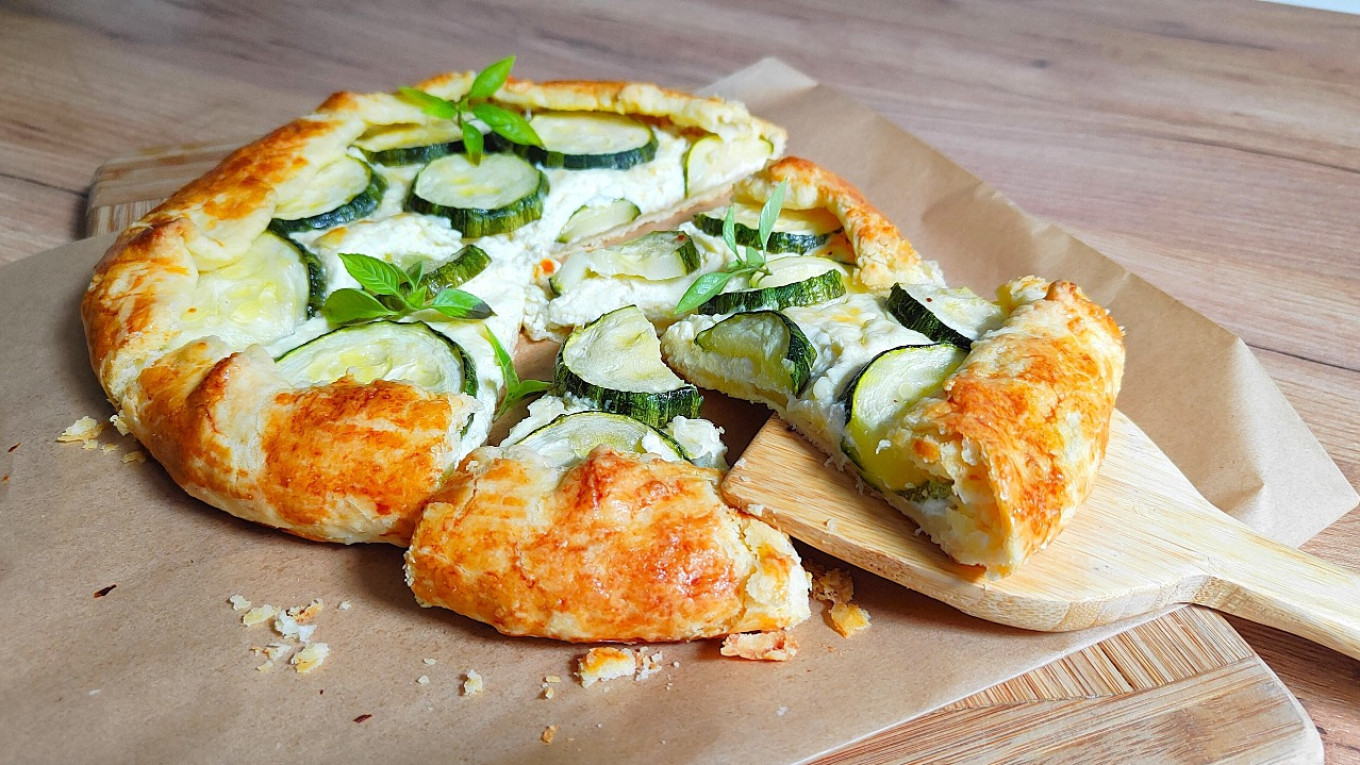For someone who lived in the Soviet period, a dacha is not just six hundred square meters that they'd travel to by train and bus from their Moscow apartment. It was sweet aches and pains that had to be complained about — and also bragged about.
As a gardener would bend over the beds she’d be proudly thinking of all the jars of pickled tomatoes and cucumbers she’d open for her guests on New Year's Eve. “It’s ours! From our own dacha! I grew them myself with my own hands...”
Of course, the dacha is not just a part of the Soviet past. Renting a house in the countryside or building your own mini-estate became possible for the ordinary Russian middle class by the end of the 19th century. That's when the new dacha culture flourished. Long gatherings around the table on warm evenings. A jug of fresh steaming milk on the doorstep every morning. A break reading a book in a hammock under a spreading linden tree.
The Soviet regime changed this way of life dramatically. Until the 1950s, a dacha in the USSR was a symbol of success and high social status. But even a certain patina of elitism could not completely erase in people's memory the pre-revolutionary dacha way of life. True, no one grew asparagus or sowed artichokes like Anton Chekhov in Melikhovo. But many dacha communities near Moscow — Nikolina Gora, Kratovo, Peredelkino — still preserve relics of those years: old dilapidated wooden houses of writers and military men. It is not difficult to imagine them lounging in the shade on deck chairs or dining on green soup made of sorrel that someone had picked out by the fence.
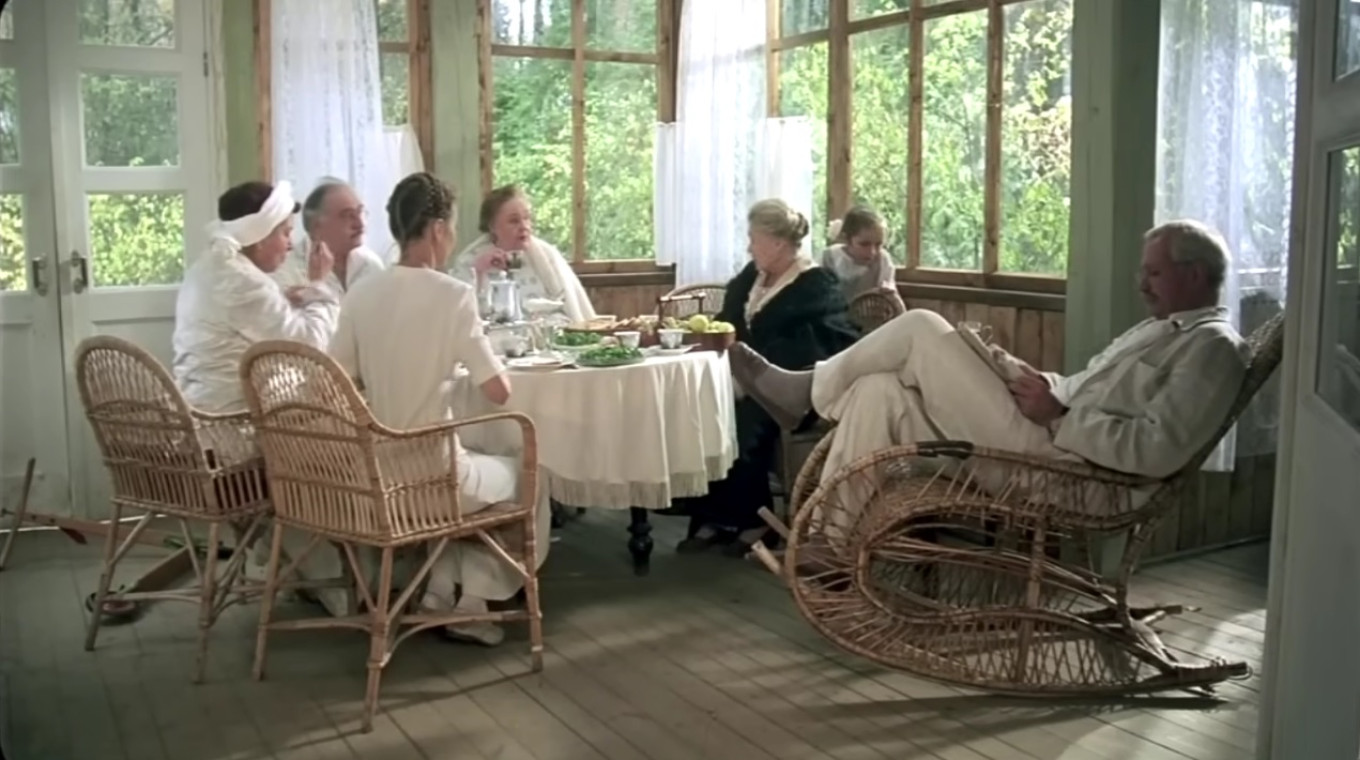
But the 1960s and 1970s dachas weren't just about elite lifestyles. Nikita Khrushchev's mass distribution of 6 sotkas (1 sotka = 100 square meters) of land in swamps and on poor soil turned millions of city dwellers into dacha owners. But they had no time for peace and quiet. Having a dacha in the late USSR usually meant back-breaking work from May to November.
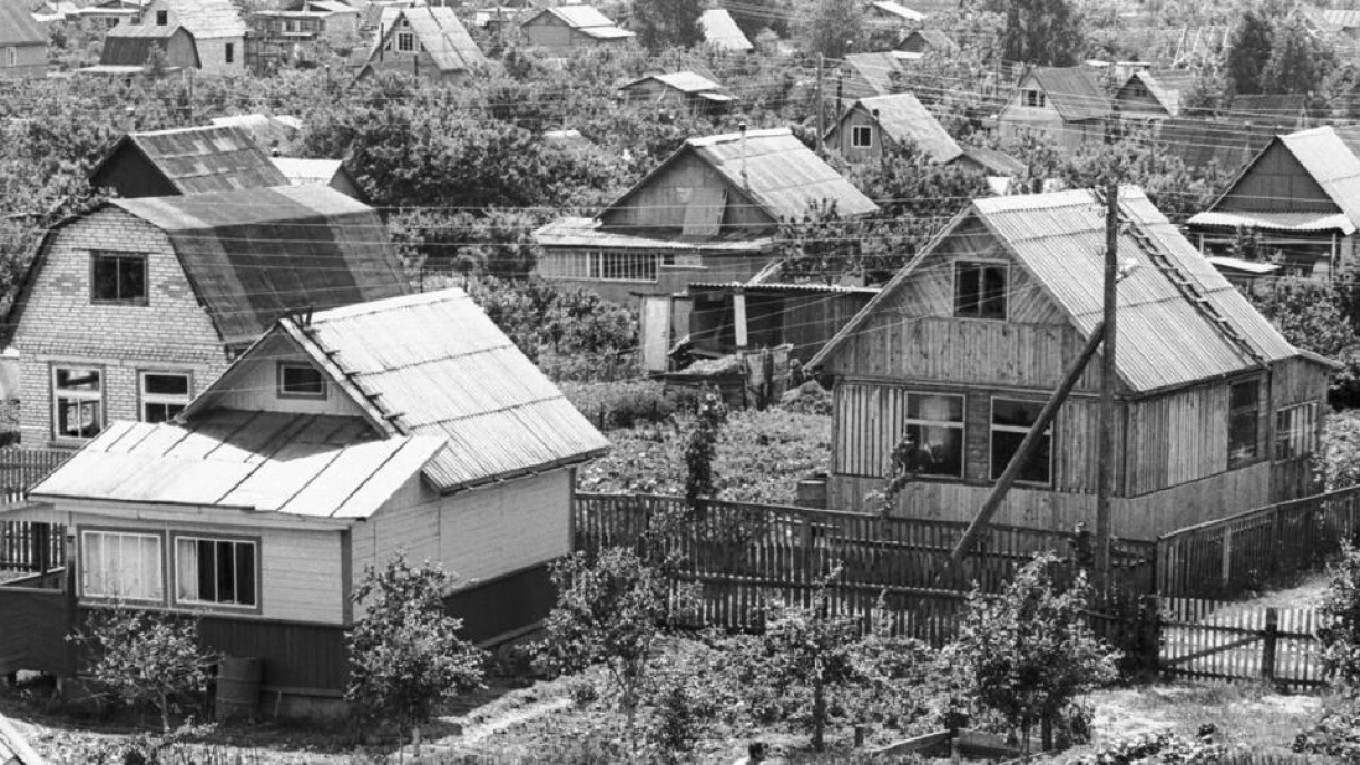
A long trip by train or bus with saplings and seedlings. Digging potatoes without standing up straight for hours on end. Why did people subject themselves to this? Today most people probably can’t say. Yes, of course, the dacha harvest was a significant addition to the not very rich Soviet table (especially in the 1980s). But equally important was the fact that people appreciated the opportunity to grow and prepare food with their own hands. And housewives were proud to open all those numerous jars of pickled tomatoes and jam in winter. “Everything home-grown and home-made, pure and good for your health!” they would say.
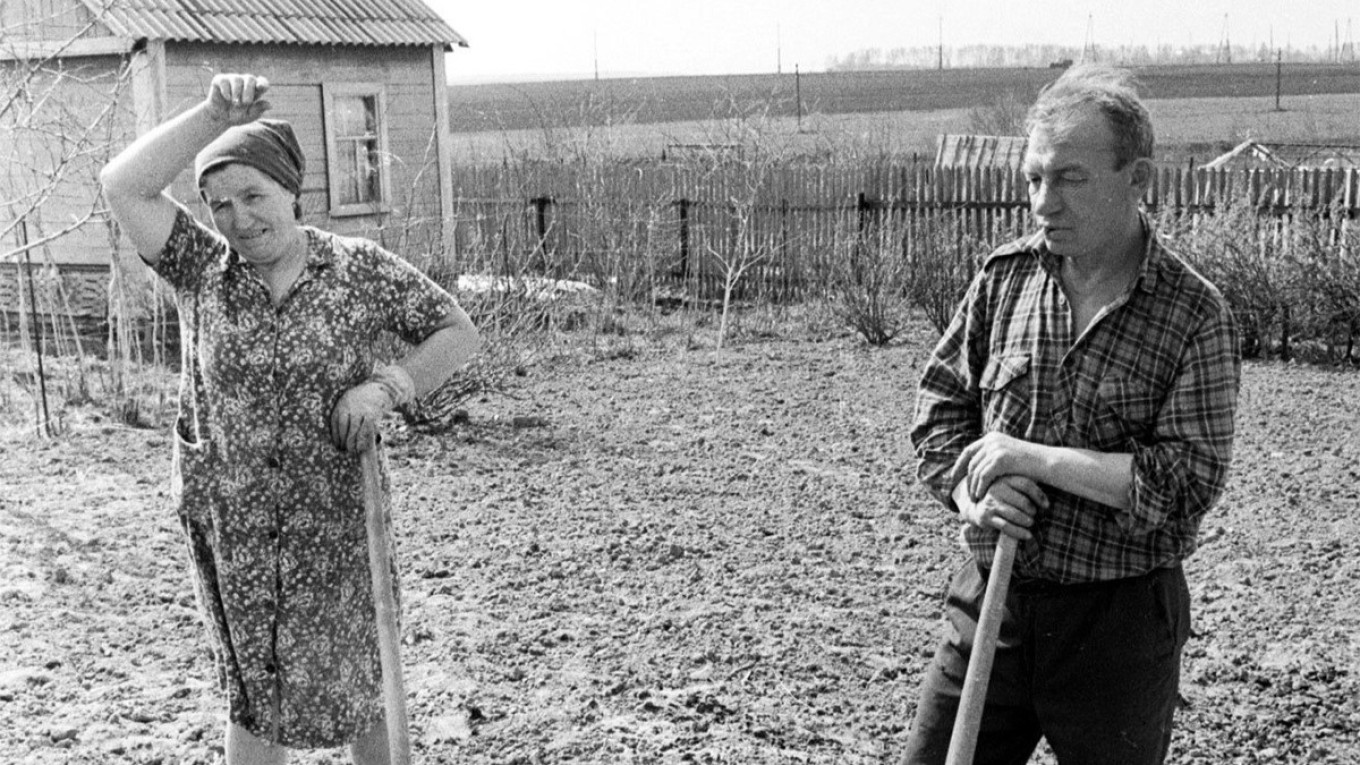
Soviet dachas had one more quality that no one can deny: they preserved traditional Russian cuisine. However strange it might seem, cooking in tiny kitchens of ugly panel apartment buildings preserved the recipes of traditional cold soups and compotes, fisherman’s soup and stuffed zucchini, stewed pumpkin and pickled blackthorn. Not every housewife in the city could manage it. But at the dacha everything was right at hand — in the vegetable garden or in the neighboring river. We ought to be grateful to the mass “countryside” hobby of our fellow citizens for maintaining our traditions.
There was a time in the mid-1990s when dachas seemed to be unfashionable. Why go to the dacha when you could buy a package tour to the seashore? And when the stores were full of fresh fruits and vegetables — not to mention goods on the shelves — any time of the year. What was there to discover on those godforsaken six hundred square meters?
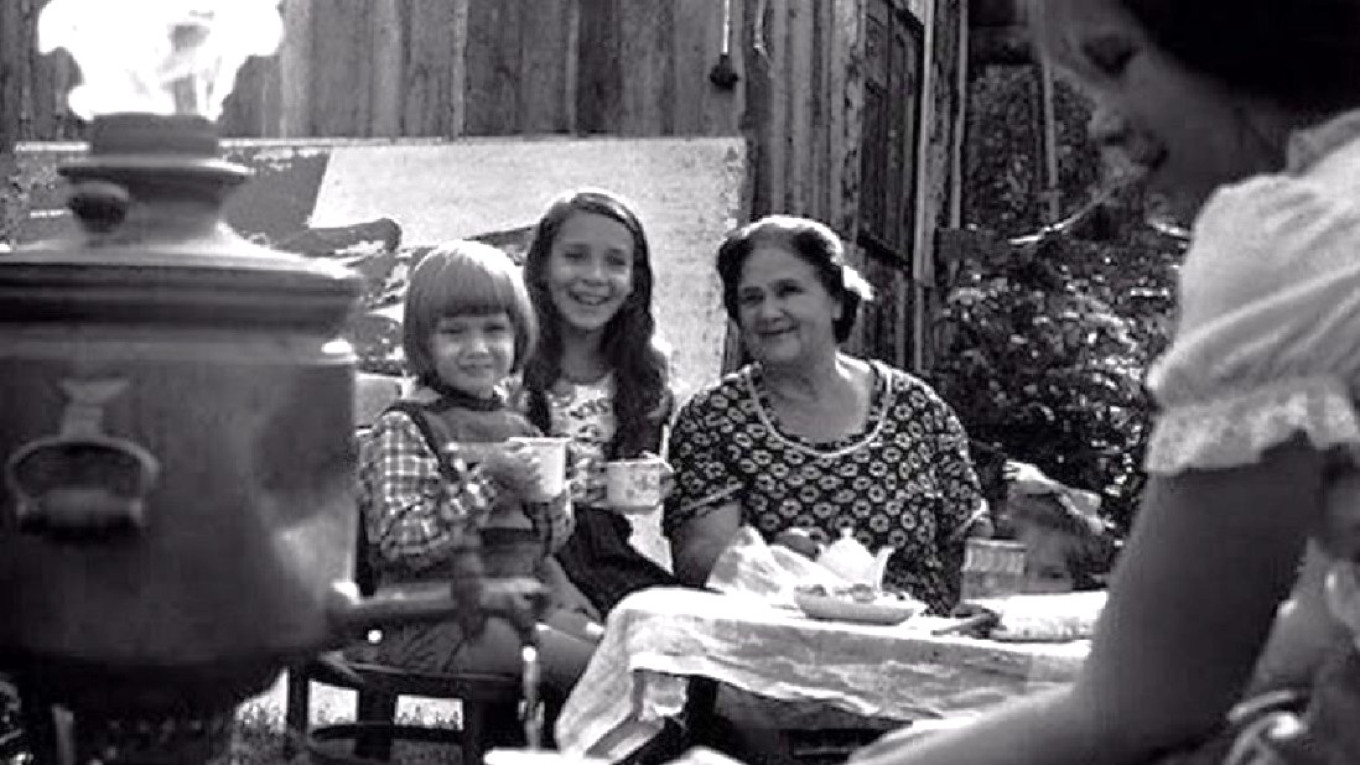
Fortunately, fads and fashions come and go in our country. The dacha is back on the list of our traditional summer pastimes. We personally know many young families who gladly go with their children to their parents’ dachas from the Soviet past. Many things have become more convenient there — new appliances, barbecues, refrigerators, and lawn mowers. But the eternal desire to be closer to the land, to gather their own harvest with their own hands has not disappeared. And concerns about GMOs, harmful impurities and additives in store-bought products have spurred interest in “environmentally friendly” vegetables from their own garden beds.
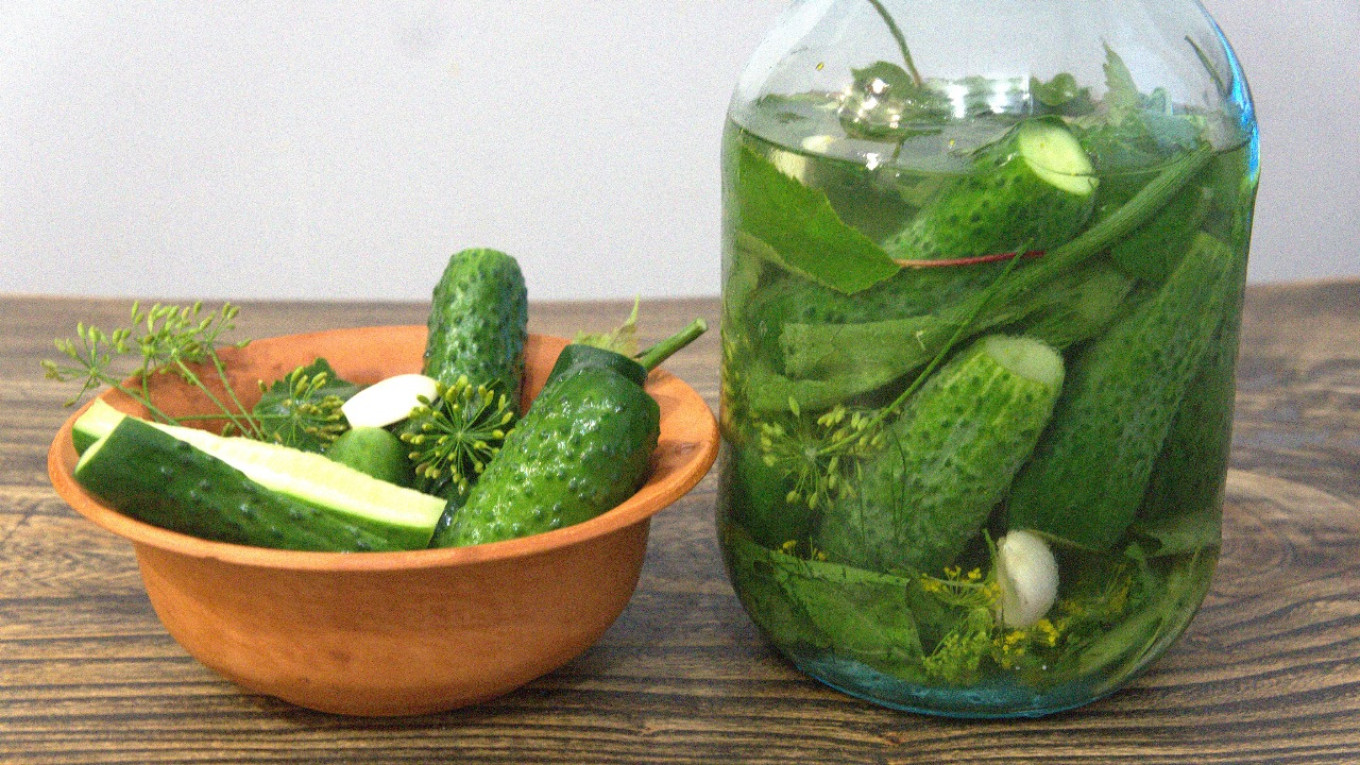
And rightly so. All these dishes from just-picked vegetables and home-made preparations like jams, pickles and sourdough make up the distinctive quality of Russian cuisine. These techniques have been developed over centuries and bear the imprint of our history and culture. It is this “historical dimension” that is very important for preserving the memory of the people — even in this narrow culinary context.
In August, the main concern of Russians is the same concern of gardeners all over the world: What can we do with our zucchini? Everyone has so many of them that no one even sells them anymore. Zucchini are given to acquaintances, and they pass them on to others. Why? Because no one can eat so much zucchini.
So every summer we come up with new delicious ways to cook our zucchini. Here is a zucchini galette.
Zucchini Galette
Ingredients
- 175 g (6 oz or 1 c + 6 Tbsp + 1 tsp) flour
- 1/4 tsp salt
- 1/2 tsp sugar
- 100 g (3.5 oz or ½ c) cold butter
- 50 g (1.7 oz or ¼ c) sour cream
- 2 tsp fresh lemon juice
- 3 Tbsp ice water
- 1 small zucchini, approx. 150-200 g (5-7 oz)
- 30 ml (2 Tbsp) olive oil
- 1 garlic clove
- 150 g (3.5 oz or ½ c) ricotta
- 30 g (1 oz) parmesan
- 30 g (1 oz) mozzarella
- (The ricotta and mozzarella can be replaced with 180g (6.3 oz or generous 1 c) 9% fat cottage cheese. Be sure that it is soft and not sour.)
- 1 egg yolk and 1 tsp water to baste the dough.
Instructions
Prepare the dough.
- Mix the flour, salt and sugar in a bowl.
- Cut the butter into 1x1 cm (1/2x1/2 inch) pieces and add to the flour. Knead with your hands (or with the pastry attachment on a food processor or mixer).
- In a separate bowl mix the sour cream, lemon juice and water.
- Add the mixture to the flour and butter.
- First with a spoon and then with your hands knead the dough, gather into a ball and then form a disk. Do not work the dough for a long time, it should not be smooth and homogeneous.
- Wrap in clingfilm and put in the refrigerator for 40 minutes.
Prepare the filling.
- Cut the squash into circles 5-6 mm (about ¼ inch) thick.
- Spread the zucchini on several layers of paper towels.
- Sprinkle with 1/2 tsp salt and let stand for 30 minutes.
- Pat the zucchini slices dry with a paper towel.
- Press garlic through a press and mix with olive oil.
- Grate Parmesan and then mix ricotta, Parmesan, mozzarella and 1 tsp olive oil with garlic. Season with salt and pepper to taste.
- Preheat the oven to 200°C /390°F.
- Lightly dust baking paper with flour and roll out the dough into a circle with a diameter of 30 cm (12 inches).
- Place the cheese filling in the middle of the circle, 5 cm (2 inches) from the outer edge.
- Place the sliced zucchini closely together on top of the filling.
- Brush a tablespoon of the garlic and olive oil mixture over the zucchini.
- Fold the edges of the dough over the filling. Brush the dough edges with egg yolk mixed with water.
- Bake for 30-40 minutes. Serve the galette hot or warm.
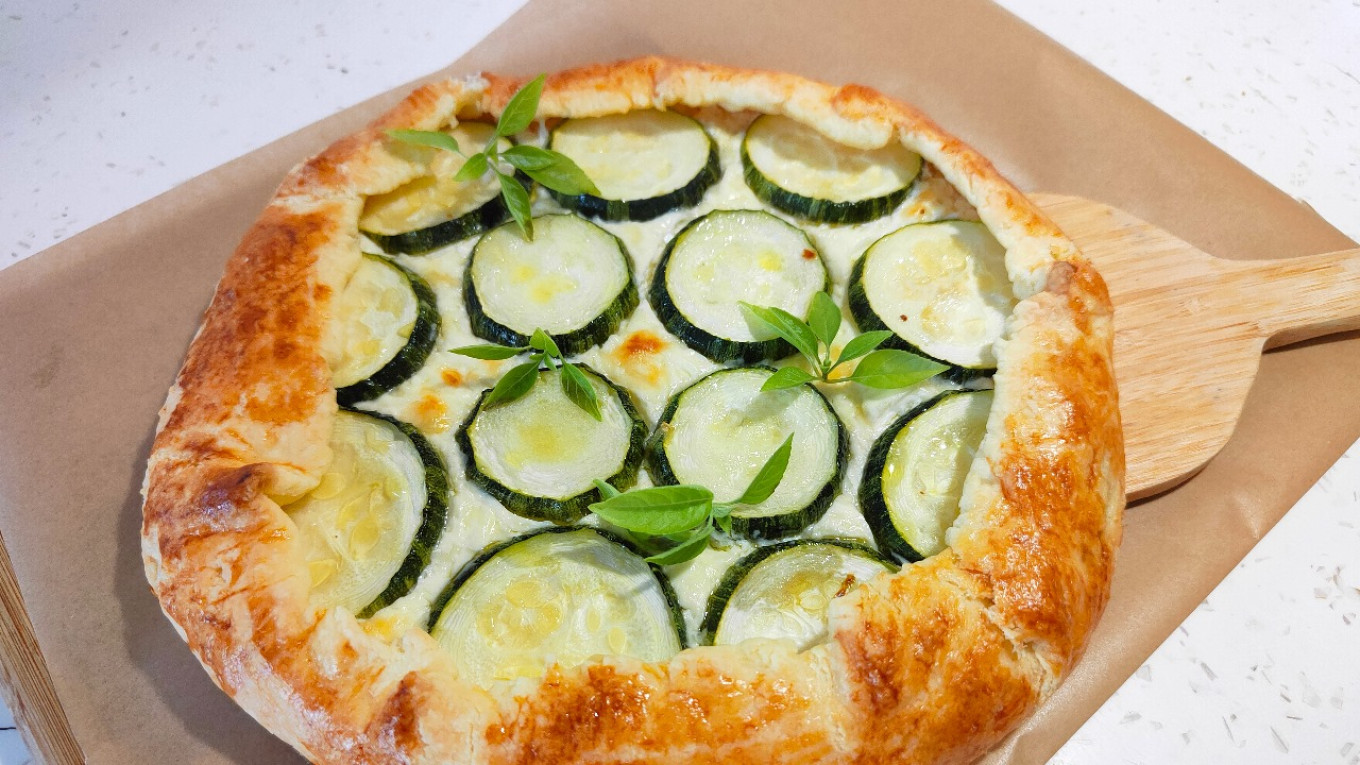
A Message from The Moscow Times:
Dear readers,
We are facing unprecedented challenges. Russia's Prosecutor General's Office has designated The Moscow Times as an "undesirable" organization, criminalizing our work and putting our staff at risk of prosecution. This follows our earlier unjust labeling as a "foreign agent."
These actions are direct attempts to silence independent journalism in Russia. The authorities claim our work "discredits the decisions of the Russian leadership." We see things differently: we strive to provide accurate, unbiased reporting on Russia.
We, the journalists of The Moscow Times, refuse to be silenced. But to continue our work, we need your help.
Your support, no matter how small, makes a world of difference. If you can, please support us monthly starting from just $2. It's quick to set up, and every contribution makes a significant impact.
By supporting The Moscow Times, you're defending open, independent journalism in the face of repression. Thank you for standing with us.
Remind me later.



